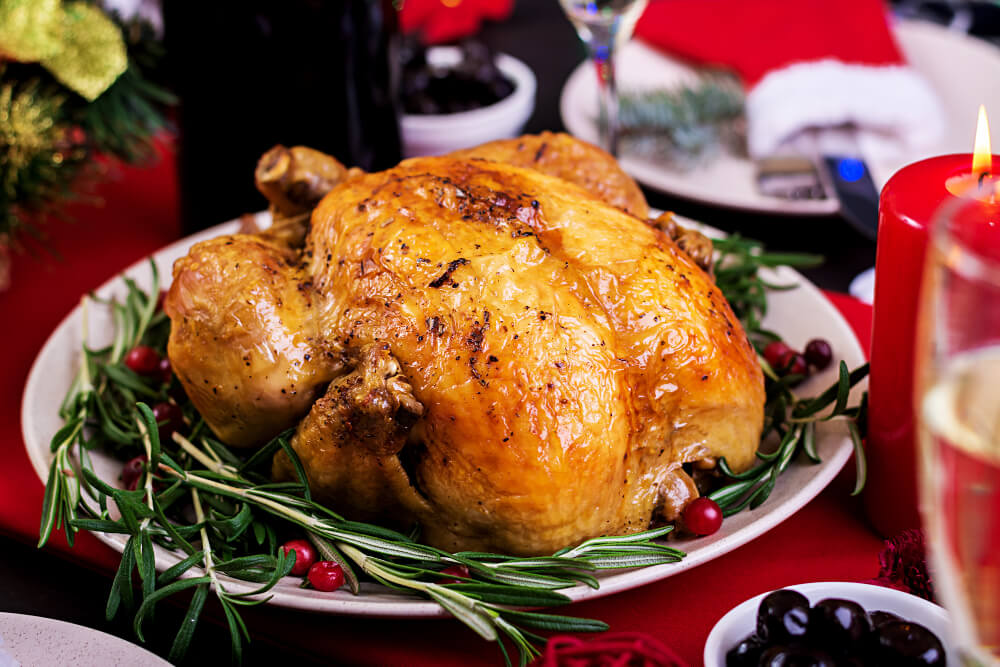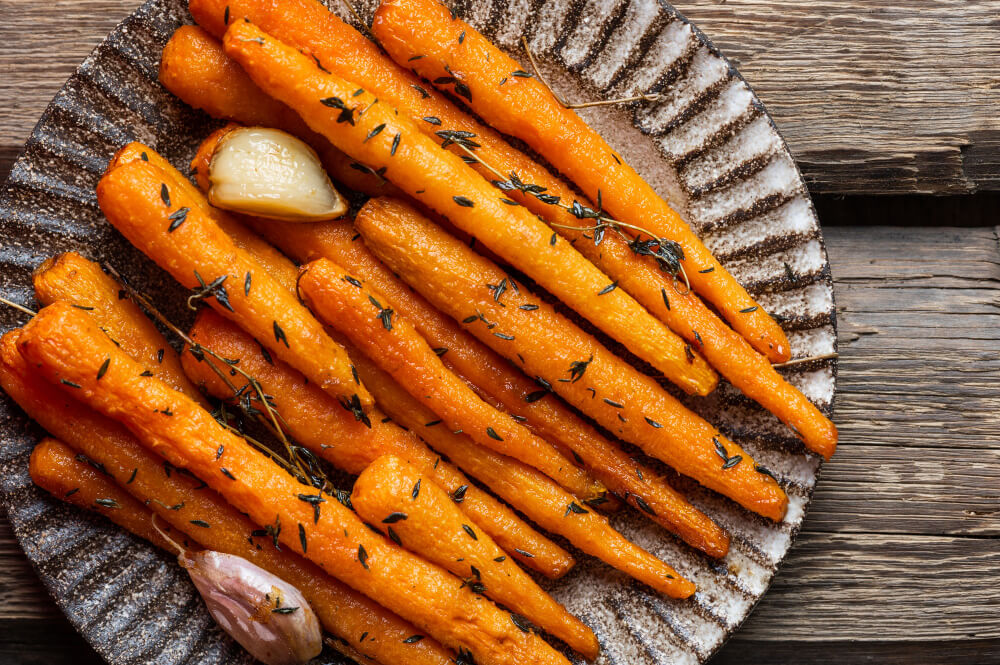
Smoking a brisket is an art that barbecue enthusiasts and pitmasters all over the world have perfected over time. The delicious smoked brisket has become a hallmark of American culinary culture, with its mouthwatering aroma and tender, juicy texture. For those who are new to this flavorful endeavor or simply want to refine their skills, one question often arises: how long to smoke a brisket at 225 degrees Fahrenheit?
To cook your brisket to perfection and ensure that it remains juicy and flavorful, you need to consider the cook time, which is usually measured by the hour per pound rule. This means that your brisket will take approximately one hour per pound of meat to smoke at a constant temperature of 225 degrees on your grill. This low and slow method of cooking allows the meat to absorb the smoky flavors while breaking down the connective tissues, resulting in a tender, juicy brisket that will have your guests begging for more.
Keep in mind that individual cook times may vary, as factors such as the thickness of the meat, humidity, and the type of grill used can all influence how long it takes to cook a brisket at 225 degrees. Be patient and let the flavors meld as your brisket transforms into a culinary masterpiece, and remember that the art of smoking a brisket is as much about enjoying the process as it is about the end result.
Is It Better to Smoke Brisket at 225 or 250 Degrees?
When it comes to smoking brisket, there's often a debate between whether it's better to smoke at 225 or 250 degrees Fahrenheit. There are specific cuts of meat that are better suited for smoking at a particular temperature range. For instance, brisket and pork shoulder are best smoked at a lower temperature of 225°F, allowing for a longer cooking time and tender results. On the other hand, cuts like ribeye and pork loin can be cooked at higher temperatures, such as 250°F, for faster cooking and a nice crust.
How Does The Smoke Flavor Vary When Using These Two Different Temperatures?
The smoking process and the temperature of your smoker play significant roles in determining the final flavor of your meat. When deciding whether it's better to smoke a brisket at 225 or 250 degrees, consider the impact on the smoke flavor. At the lower temperature of 225°F, the brisket will take more hours to smoke, allowing it to absorb more smoke flavor and develop a deeper, more complex taste.
Conversely, smoking meat at 250°F will result in a quicker cook time, which may lead to a milder smoke flavor. Ultimately, the ideal temperature for smoking the brisket depends on your preference for smokiness and tenderness, as well as the time you're willing to invest in the process.
What Factors Affect The Time To Smoke Brisket?

When smoking a brisket, several factors can influence the time it takes to achieve that tender, mouthwatering result. Understanding these factors will help you know how long to smoke your brisket and ensure that it's cooked to perfection. Here are five crucial factors to consider:
Size and Thickness
The size of the brisket and thickness of the beef brisket play a significant role in determining the smoking time. Larger, thicker cuts will naturally take longer to cook than smaller, thinner ones. Typically, the rule of thumb is one hour per pound of meat when smoking at 225°F, but this can vary based on the other factors listed below.
Temperature
The temperature at which you smoke your brisket will impact the cooking time. A higher temperature will result in a faster cook time, but it may also lead to a less tender brisket. On the other hand, smoking at a lower temperature, such as 225°F, will require more time but yield a more tender and flavorful outcome.
Wrapping
Many pitmasters choose to wrap the brisket in aluminum foil or butcher paper during the smoking process to help retain moisture and speed up the cooking time. When you wrap the brisket, it will reach the desired internal temperature more quickly, which can shorten the overall smoking time.
Humidity
The level of humidity in your cooking environment can affect how long it takes to smoke a brisket. Higher humidity levels help to keep the brisket moist, preventing it from drying out during the lengthy smoking process. Conversely, lower humidity can cause the meat to dry out more quickly, which may necessitate adjustments in cooking time or temperature.
Grill or Smoker Efficiency
The type of grill or smoker you use, its efficiency, and its ability to maintain a consistent temperature will all impact the time it takes to smoke a brisket. High-quality, well-insulated smokers tend to maintain a more consistent temperature, which can help ensure that your brisket cooks evenly and within the expected time frame.
Given these factors, it's essential to monitor the internal temperature of your brisket throughout the cooking process to make sure your brisket reaches the desired doneness level. Investing in a reliable meat thermometer and paying close attention to how these factors interact will help you achieve a succulent, tender brisket that's cooked just right.
How Can You Determine That Your Smoked Brisket Is Done?
Determining when your smoked brisket is done can be a critical aspect of achieving that tender, mouthwatering result. You don't want to overcook your brisket, which could lead to dry, chewy meat. To learn how to smoke a brisket properly, consider using the "feel" method to assess its doneness. This method involves inserting a small fork into the meat; if it twists effortlessly, the brisket is done.
Additionally, using a meat thermometer can help ensure that you've reached the ideal temperature for smoking brisket. Typically, an internal temperature of around 195-205°F indicates that your brisket is cooked to perfection, tender, and ready to be enjoyed.
Tips to Smoke Brisket at 225 Degrees Fahrenheit
Now let's go to some of the tips for smoking a perfect brisket at 225 degrees Fahrenheit:
-
Choose a Quality Meat: Since the brisket is a cut that requires a long time to cook, it's crucial to select a high-quality, well-marbled piece of meat. This will ensure tenderness and flavor in the finished product.
-
Trim the Fat Properly: Before you place the brisket in your smoker, make sure to trim the fat cap to an even thickness of about 1/4 inch. This allows for better smoke penetration and a more even cook, while still providing enough fat to keep the meat moist during the smoking process.
-
Dry Brine Your Meat: To enhance the flavor and tenderness of your brisket, consider dry brining the meat by generously applying salt and letting it rest in the refrigerator for at least 12 hours before smoking. This process helps the meat retain moisture and promotes better smoke penetration.
-
Opt for Low and Slow Cooking: Smoke briskets at a low temperature of 225 degrees Fahrenheit, allowing for a gradual, even cook. This low and slow approach breaks down the connective tissues in the meat, resulting in a tender, juicy brisket.
-
Let the Meat Rest: Once your brisket reaches the desired internal temperature, it's essential to let the brisket rest for at least 30 minutes to an hour. This allows the juices to redistribute throughout the meat, ensuring that every bite is moist and flavorful.
By following these tips and smoking at 225 degrees, you'll be well on your way to mastering the art of smoking the perfect brisket.
FAQs
Is Low and Slow Cooking Good?
Low and slow cooking is an excellent method, particularly for tougher cuts of meat like brisket.This approach allows for the gradual breakdown of connective tissues, resulting in tender, juicy, and flavorful meat. The low temperature also enables the meat to absorb smoky flavors more effectively, enhancing the overall taste and texture.
Should You Cook Brisket With Fat Side Up Or Down?
When smoking a brisket, it's best to cook with the fat side facing down.This position protects the meat from excessive heat and helps prevent it from drying out. The fat layer also acts as a barrier, ensuring even heat distribution throughout the cooking process.
How Long To Smoke A 19 lb. Brisket At 225?
For a 19 lb. brisket, expect it to take around 28 to 38 hours to smoke at 225 degrees Fahrenheit. Smoking the brisket at a low temperature for an extended period ensures that the meat becomes tender and flavorful, as the connective tissues break down slowly.
How Long To Smoke A 17 lb. Brisket At 225?
When smoking a 17 lb. brisket at 225 degrees, it will likely take approximately 25 to 34 hours to cook. This lengthy cooking time allows the brisket to develop a rich, smoky flavor and achieve the desired tenderness.
How Long To Smoke A 14 lb. Brisket At 225?
For a 14 lb. brisket, you can anticipate a cook time of around 21 to 28 hours when smoking at 225 degrees. This duration ensures that the brisket turns out moist, tender, and infused with the delectable flavors of the smoke.
How Long To Smoke A 10 lb. Brisket At 225?
When smoking a 10 lb. brisket at 225 degrees Fahrenheit, it will typically take between 15 to 20 hours to cook.
Smoking Brisket at 250 vs 225, What to Choose?
Choosing between smoking brisket at 250 or 225 degrees Fahrenheit ultimately depends on your preference. Smoking at 250°F will yield a faster cook time and a slightly milder smoke flavor, while a smoke brisket at 225 degrees will require a longer cooking time, resulting in a more tender brisket with a deeper, more complex smoke flavor. Consider your desired level of smokiness and tenderness, as well as the time you're willing to invest in the smoking process, to determine the best temperature for your brisket.
Conclusion
Now that you know the ideal temperature and time for smoking brisket at 225°F, you can confidently start preparing a mouth-watering meal for your family and friends. Remember, smoking brisket is an art that requires patience and practice, so don't get discouraged if your first attempt doesn't turn out perfectly.
With some experimentation and experience, you will be able to create a delicious, tender, and juicy brisket that everyone will love. And don't forget to serve your brisket using a wooden cutting board for ultimate presentability. Whether you choose to wrap your brisket or leave it unwrapped, the key to success is maintaining a consistent temperature and monitoring the internal temperature of the meat. Happy smoking!



